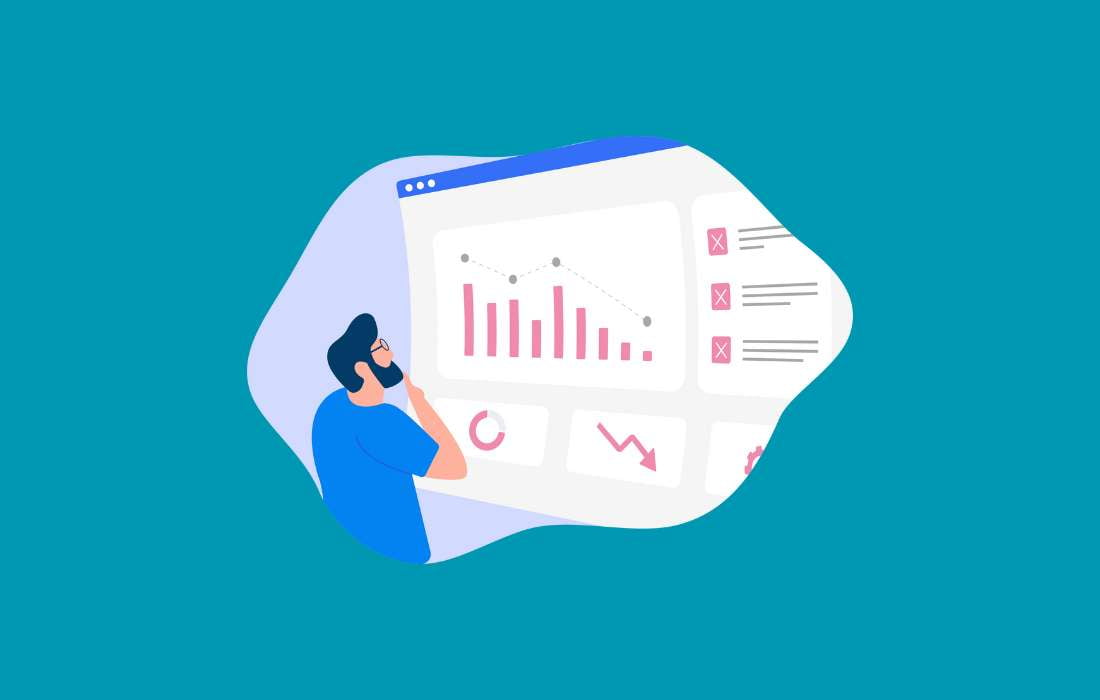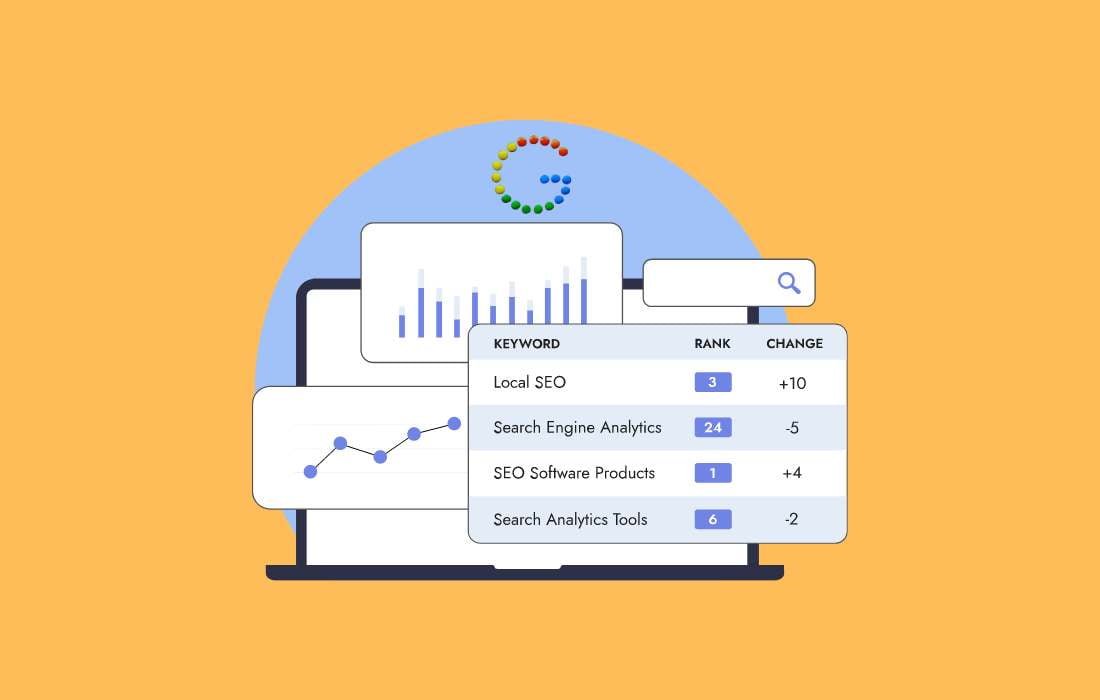SEO is a powerful tool that helps websites rank higher on search engines like Google, attracting more traffic and growing online presence. However, even small mistakes in your SEO strategy can prevent your site from performing its best. Let’s take a look at some of the most common SEO mistakes and how you can avoid them.
1. Ignoring Keyword Research
Many businesses make the mistake of assuming they know what their target audience is searching for. Without proper keyword research, you might be targeting keywords that are too competitive or irrelevant to your audience. This mistake often leads to missed opportunities for attracting valuable traffic.
How to Avoid It:
Conduct thorough keyword research using tools like Google Keyword Planner, Ubersuggest, or SEMrush. Look for keywords with decent search volume and low to medium competition. This way, you’ll have a better chance of ranking without facing overwhelming competition. Prioritize long-tail keywords—specific phrases that often have less competition but still bring valuable traffic.
2. Keyword Stuffing
While keywords are essential for SEO, overloading your content with too many of them can harm your rankings. Keyword stuffing refers to the practice of unnaturally forcing keywords into your content, which can make it look spammy to both readers and search engines.
How to Avoid It:
Use keywords naturally and in moderation. Focus on writing for your audience first, then include your target keywords in a way that fits smoothly within your content. The key is to maintain a balance between optimization and readability. Make sure to incorporate your keywords into headings, meta tags, and the body of the content without overusing them.
3. Not Optimizing for Mobile
With the rise of mobile users, having a mobile-friendly website is crucial for SEO. If your site doesn’t display well on mobile devices, or if it loads slowly, you could be losing a significant portion of potential traffic. Google also uses mobile-friendliness as a ranking factor, so it directly impacts your SEO performance.
How to Avoid It:
Ensure that your website is fully responsive and optimized for all screen sizes. Use tools like Google’s Mobile-Friendly Test to check how well your site performs on mobile devices. Additionally, consider optimizing images and other media to reduce load times on mobile, which will improve the overall user experience.
4. Neglecting Meta Titles and Descriptions
Meta titles and descriptions are often overlooked in SEO strategies, but they play a critical role in how your site appears on search engine results pages (SERPs). Without properly optimized meta tags, your website might not stand out to searchers, even if it ranks well.
How to Avoid It:
For each page on your website, write unique and compelling meta titles and descriptions that include your target keywords. These should give users an accurate idea of what your page is about, while also encouraging them to click through to your site. Keep your meta title under 60 characters and the description under 160 characters to ensure they display correctly on SERPs.
5. Slow Page Speed
Page speed is a crucial ranking factor that is often neglected. If your website takes too long to load, users are likely to leave before they even see your content, increasing your bounce rate. Slow page speed can also lead to lower rankings on search engines.
How to Avoid It:
Use tools like Google PageSpeed Insights to evaluate your site’s speed. To improve loading times, compress images, reduce the number of plugins you use, and enable browser caching. Make sure your website’s code is clean and efficient to avoid any unnecessary delays in loading.
6. Failing to Optimize Images
Images are an important part of your website’s content, but failing to optimize them can hurt your SEO. Large, uncompressed images can slow down your site, while missing alt tags can prevent search engines from properly understanding what the image is about.
How to Avoid It:
Always compress images before uploading them to your website to reduce their file size without compromising quality. Use descriptive file names for your images that include relevant keywords, and always add alt tags that describe the image and include a keyword if appropriate. This helps search engines understand the content of your images, improving your overall SEO.
7. Not Using Internal Links
Internal linking is an often-underutilized SEO tactic. Internal links help users navigate your site more easily and also help search engines crawl your site, identifying the most important pages. Neglecting internal links can result in lower rankings for important content.
How to Avoid It:
When writing blog posts or content for your website, always look for opportunities to link to other relevant pages within your site. This not only improves user experience but also distributes SEO value throughout your site. Use descriptive anchor text that indicates the topic of the linked page.
8. Creating Duplicate Content
Duplicate content—whether it’s on your own site or across different websites—can negatively impact your SEO. Search engines can get confused when there are multiple versions of the same content, which may lead to lower rankings.
How to Avoid It:
Always strive to create original and unique content for your website. If you have to use similar content across multiple pages, use canonical tags to indicate the preferred version to search engines. Additionally, regularly audit your site for duplicate content issues using tools like Copyscape or Siteliner.
9. Forgetting About User Experience (UX)
Search engines prioritize websites that provide a great user experience. If your website is difficult to navigate, cluttered with ads, or not optimized for users, your rankings could suffer—even if your SEO is otherwise solid.
How to Avoid It:
Ensure your website has a clean, user-friendly design. Make sure content is easy to find, pages load quickly, and the overall navigation is intuitive. Improving UX not only helps with SEO but also keeps visitors on your site longer, which can boost conversions.
10. Not Regularly Updating Content
SEO is not a one-time task. Many websites make the mistake of publishing content and forgetting about it, but search engines value fresh, up-to-date content. If you don’t regularly update your site, it could lose relevance over time.
How to Avoid It:
Regularly review your content to ensure it’s still accurate and relevant. Update old posts with new information, statistics, and internal links. Publishing new content consistently also signals to search engines that your site is active and relevant.
Conclusion
SEO mistakes are common but easy to avoid once you know what to look for. By focusing on proper keyword research, optimizing for mobile, ensuring fast page speed, and creating valuable, user-friendly content, you can improve your search engine rankings and attract more traffic. Avoiding these common pitfalls will help ensure that your SEO strategy is on the right track for long-term success.




